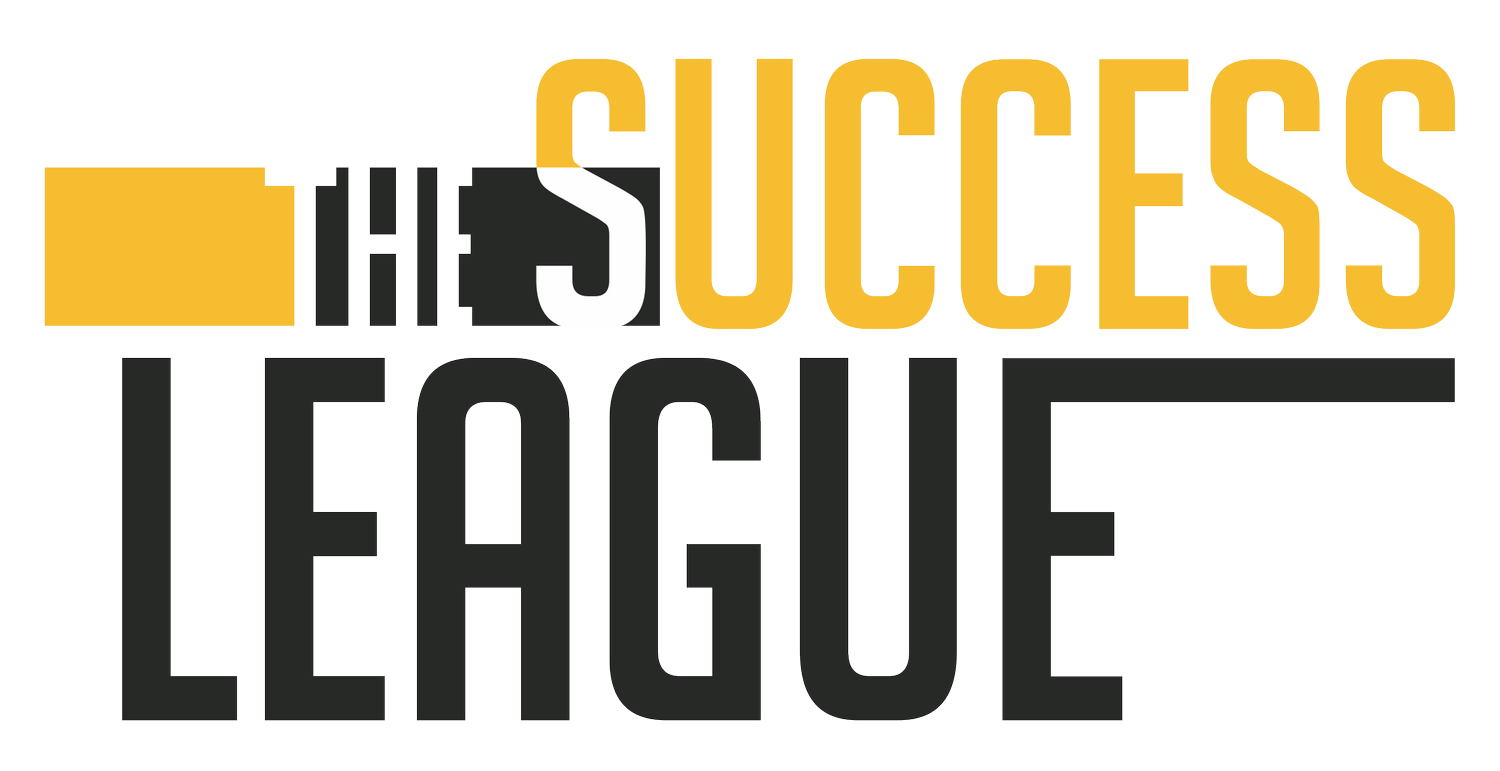Own Your Learning
By Kristen Hayer
There was a time when professional development was the company’s responsibility. Employers offered in-person workshops, conference travel, and tuition reimbursement programs. Learning was something that happened to you, not something you had to seek out.
Those days are mostly gone.
In a world where budgets tighten quickly, training programs are often one of the first things to be cut. Waiting for your company to invest in you has become a risky career strategy. The most successful professionals don’t wait for a training budget or a formal program. They own their learning, seek out new ideas, and make growth a consistent habit.
Why Owning Your Education Matters
The pace of change in customer success and technology is faster than ever. The skills that make you successful today may not be the ones you need next year. According to LinkedIn Learning’s 2024 Workplace Learning Report, the skill sets required for jobs have changed by nearly 30 percent since 2015, and that number is expected to double by 2030.
Learning on your own keeps you adaptable. It builds confidence in your ability to navigate change and demonstrates initiative to your company. Leaders notice employees who take the time to grow their skills. In fact, LinkedIn also found that employees who spend time learning on the job are 39 percent more likely to feel productive and 21 percent more likely to feel confident in their work.
In short, self-directed learning doesn’t just make you smarter. It makes you more resilient, more promotable, and more valuable.
Creative Ways to Keep Learning Without a Budget
You don’t need a corporate program or expensive tuition to keep learning. There are countless ways to grow without spending much or anything at all.
1. Read a book.
It sounds simple, but reading is one of the most powerful ways to expand your perspective. Many of the best minds in customer success, business, and leadership have written books that combine experience and research in a way no quick course can. If you struggle to find time to read, try audiobooks instead. Listening while driving, walking, or exercising can turn downtime into learning time.
2. Build a peer learning circle.
Form a small group of colleagues who meet once a month to discuss an article, podcast, or real-world challenge. These conversations help you process ideas and see how others approach similar problems.
3. Take advantage of online resources.
Free and low-cost learning platforms like Coursera, edX, and LinkedIn Learning offer courses in everything from data storytelling to customer experience design. Many universities also publish short, free certificate programs that look great on a resume.
4. Seek mentorship.
Reach out to leaders inside or outside your company for informal “learning coffees.” Ask about a specific skill or challenge rather than a broad career conversation. Most people are happy to share what they’ve learned.
5. Volunteer for stretch projects.
Cross-functional projects are one of the best ways to learn. Partnering with Sales, Marketing, or Product gives you new insight into how the business operates and builds relationships across teams.
6. Design your own learning plan.
Choose one area per quarter to focus on, like negotiation, executive communication, or data analysis. Spend 30 minutes each week building your skills in that area. Small, consistent learning beats big, inconsistent bursts every time.
The Role of Leaders: Encouraging a Culture of Curiosity
While every employee owns their own learning, leaders play a big role in encouraging it. Great managers model curiosity. They share what they are reading, talk openly about lessons learned from mistakes, and celebrate those who take initiative to develop new skills.
Creating a culture that values learning doesn’t require money. It requires attention. When people see their leaders making time to grow, they feel permission to do the same. Over time, that mindset builds stronger teams and more innovative organizations.
Action Items for Readers
Audit your current learning habits. How much time do you dedicate to development each month?
Set one learning goal for the next quarter and write it down.
Pick a book or audiobook and commit to finishing it.
Schedule a 30-minute “learning lunch” with peers to share insights or discuss an article.
If you lead a team, celebrate examples of self-driven learning in your next meeting.
Why This Matters
The most successful professionals are lifelong learners. They don’t wait for someone else to hand them the opportunity to grow. They create it.
In customer success, we often talk about helping customers realize value. The same principle applies to our own careers. You can’t realize your full potential unless you keep learning.
No one can invest in you more effectively than you can. Your growth is your greatest asset—and the foundation of your future success.
Looking for a book to add to your must-read list? Check out the recently released The Customer Success Talent Playbook. This Amazon best seller was written by a team of award-winning CS Professionals, including Kristen Hayer. Now available for purchase here.
Kristen Hayer - Kristen founded The Success League in 2015 and currently serves as the company's CEO. Over the past 25 years Kristen has been a success, sales, and marketing executive, primarily working with scaling tech companies, and leading several award-winning customer success teams. She has written over 100 articles on customer success, and is the host of 3 podcasts about the field. Kristen has served as a judge for the Customer Success Excellence awards, and is on the board of several early-stage tech companies. She received her MBA from the University of Washington in Seattle, and now lives in San Francisco.


